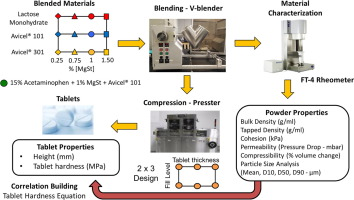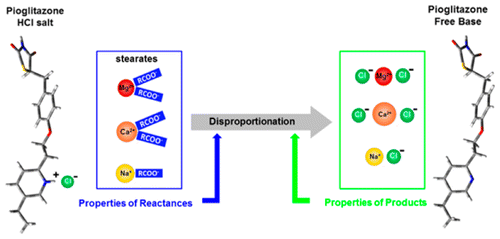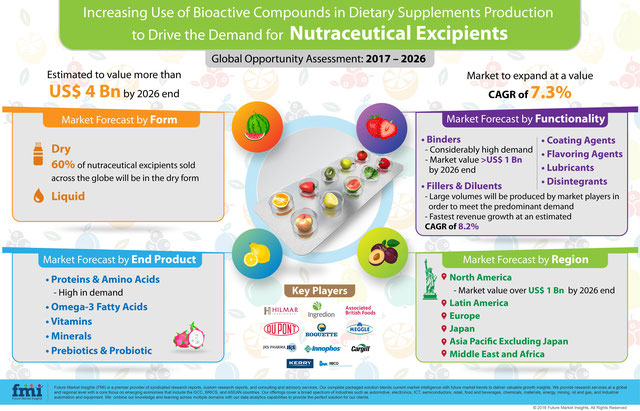- Home
- Blog
- News
- Basics
- Sources
- Agencies, Regulatory & Organisations
- CERSI Excipients Browser
- Excipient Report
- Excipient DMF List
- EXCiPACT Certified Companies
- Excipient Documentation
- Excipient EINECS Numbers
- Excipient E-Numbers
- FDA Inactive Ingredient List
- FDA GRAS Substances (SCOGS) Database
- IPEC Americas
- USP - U.S. Pharmacopeia
- Definitions
- Whitepapers / Publications
- Supplier
- Services
- Media
- Events
- 1st pharmaexcipients Poster Award
- Event Calendar
- Events featured by pharma-excipients
- 4th Annual Formulation & Drug Delivery Congress
- DDF Summit
- ExcipientFest Americas
- ExcipientFest Asia
- Global CompliancePanel
- International Conference and Exhibition on Pharmaceutics & Novel Drug Delivery Systems
- Formulation & Drug Delivery USA Congress
- Laboratory Medicine 2018
- Making Pharmaceuticals Europe
- Making Pharmaceuticals Exhibition
- Pharma Integrates
- PharmaExcipients China @CPhI China
- TTC Technology Training Center
- Jobs
- Online Sourcing
- Contact
09. May 2018
The aim of this study was to develop solid lipid nanoparticles (SLN) and introduce them into a direct compression process to evaluate their lubricant properties. The study consisted of preparing glyceryl behenate SLN (Compritol® 888 ATO) by hot dispersion, and magnesium stearate SLN by a novel nanoprecipitation/ion exchange method. The ejection force was measured for nanosystems and raw materials in a formulation typically used for direct compression. The smallest particle sizes obtained were...
19. April 2018
Excipients are materials added along with therapeutic agents; and incompatibility between excipients and therapeutic agents affect the final outcome of the product. Aspirin is an ester and is prone to hydrolysis. This study focus on the effect of magnesium stearate as an excipient on stability of aspirin in granules. For that an accelerated degradation study was done on aspirin-magnesium stearate containing granules. For that, aspirin containing granules were sequentially mixed with increasing...
25. March 2018
As the pharmaceutical industry modernizes its manufacturing practices and incorporates more efficient processing approaches, it is important to reevaluate which process design elements affect product quality and the means to study these systems. The purpose of this work is to provide insight on a methodology to correlate the effect of raw material properties to equipment and process performance using both data-driven and semi-empirical models. In this work, lubricated blends of...
15. March 2018
Excipient-induced salt disproportionation (conversion from salt form to free form) in the solid state during storage or manufacturing is a severe formulation issue that can negatively influence product performance. However, the role of excipient properties on salt disproportionation and mechanisms of proton transfer between salt and excipients are still unclear.
13. March 2018
For their nutritional and medicinal advantages, several bioactive compounds and ingredients are being used in the production of medical foods, functional foods and dietary supplements. As health consciousness among consumers increases, the demand for dietary supplements will witness an upsurge. In order to attain a stabilized manufacturing of these products, a range of nutraceutical excipients will be utilized.
19. May 2017
A detailed analysis of factors influencing ibuprofen sticking is presented
• The influencing main factors were the compaction force and the punch tip coating
• An appropriate combination of both may improve sticking problems significantly
• The wear resistance of the coating can change the performance of the punches
• The laboratory-scale results can be applied to production-scale tableting
05. April 2017
Abstract We investigated the effectiveness of using Carr’s flowability index (FI) and practical angle of internal friction (Φ) as indexes for setting the target Mg-St mixing time needed for preparing tablets with the target physical properties. We used FI as a measure of flowability under non-loaded conditions, and Φ as a measure of flowability under loaded conditions for pharmaceutical powders undergoing direct compression with varying concentrations of Mg-St and mixing times. We evaluated...
25. August 2016
BIOGRUND’s one-step binding agent CompactCel® LUB combines the properties of a dry binder and lubricant. It’s a micronized and homogeneous powder compound of Hydroxypropylcellulose (HPC),oil, wax and vegetable rice extract. When tableting processes are required it is always a challenge to find the right amount of lubricant for the blended powder formulation. By using a lubricant too rarely it may cause punch filming during the compaction in the tableting machine. By using too much...
22. August 2016
Abstract Matrix tablets prepared using chitosan-clay microparticles with various molecular weights (MWs) of chitosan were characterized in terms of hardness, swelling, and drug release. Moreover, the effect of magnesium stearate on the physical properties and drug release of the tablets was also examined. Montmorillonite clay, magnesium aluminum silicate (MAS), was used in this study. The results showed that chitosan-MAS microparticles with different chitosan MWs prepared by spray drying had...
27. July 2016
Abstract The development of process analytical technologies (PAT) can improve the efficiency and product quality during pharmaceutical manufacturing. The objective of the current research was to investigate the potential application of passive acoustic emission monitoring to detect changes due to lubricant addition and its dispersal in a V-blender. Trials were conducted with sugar spheres and two placebo formulations of pharmaceutical granules in a V-blender. Vibrations from acoustic emissions...







